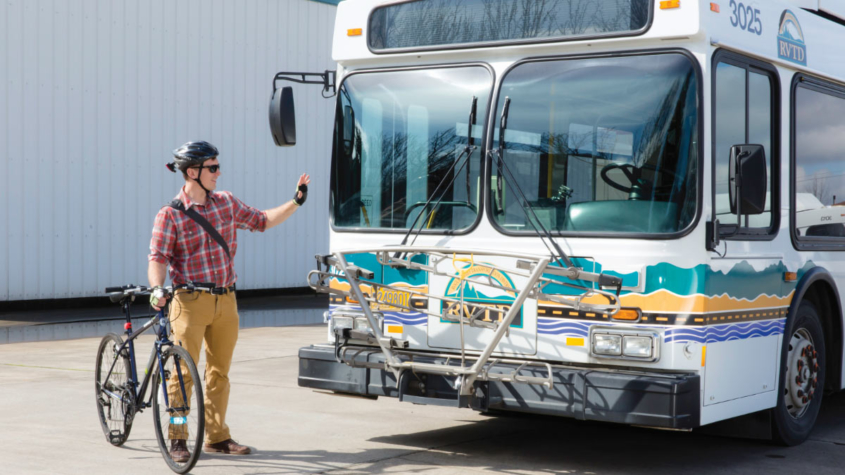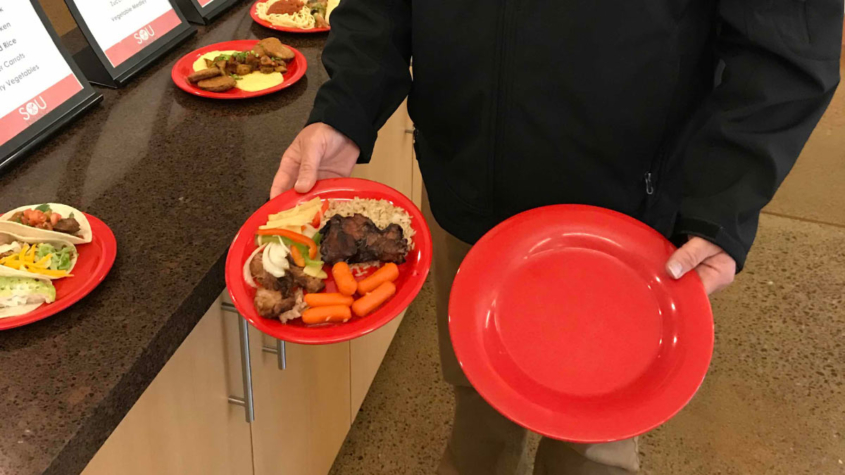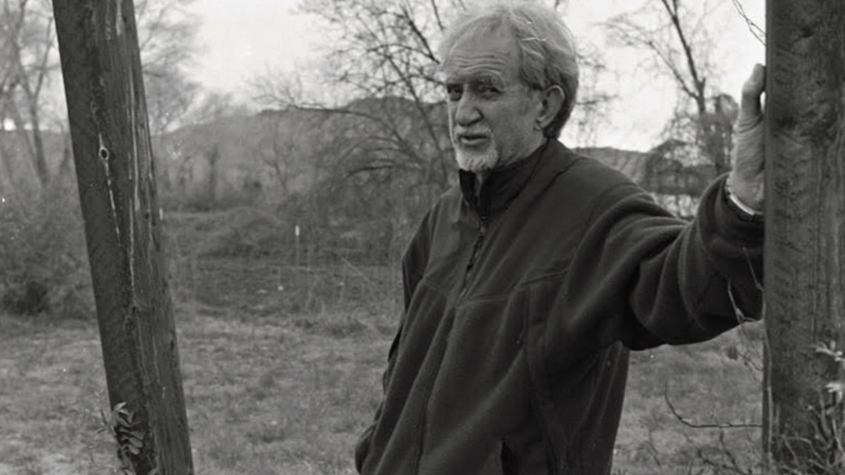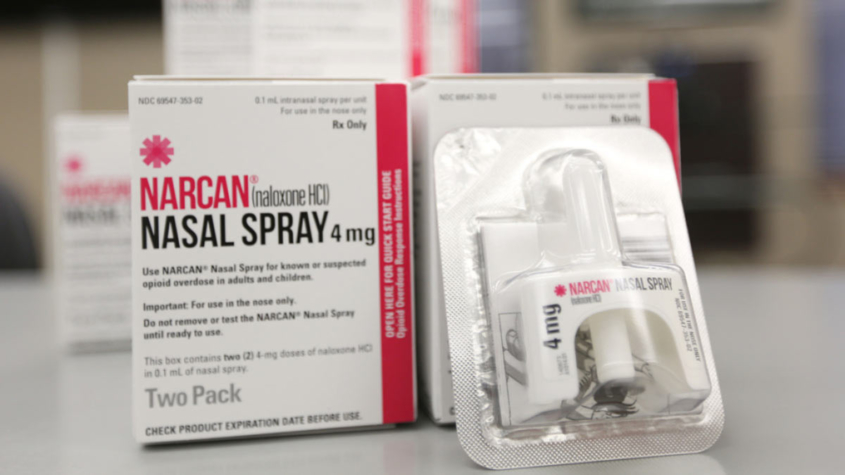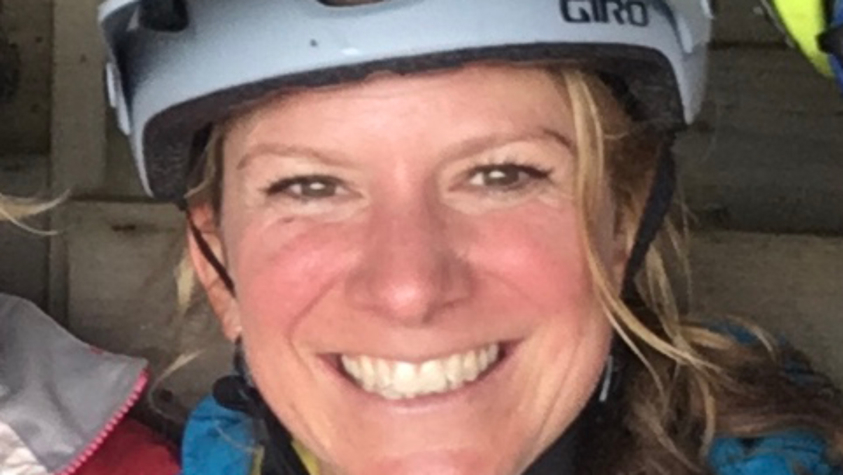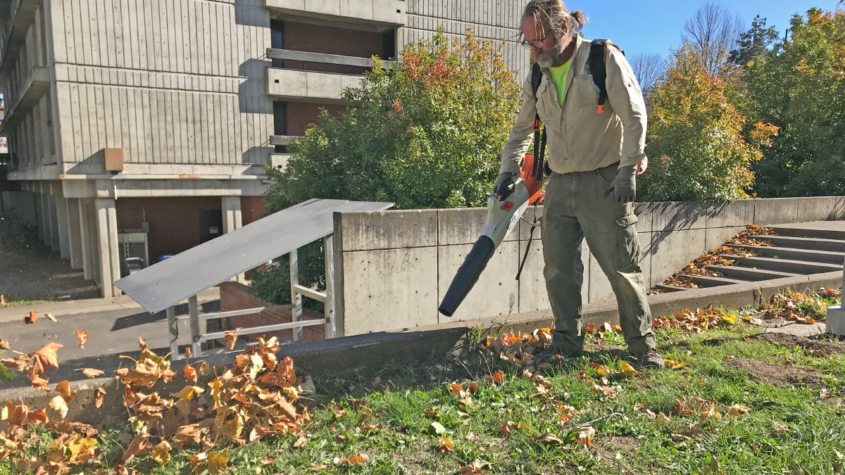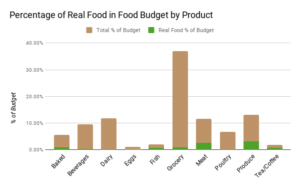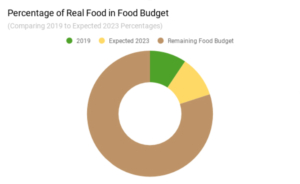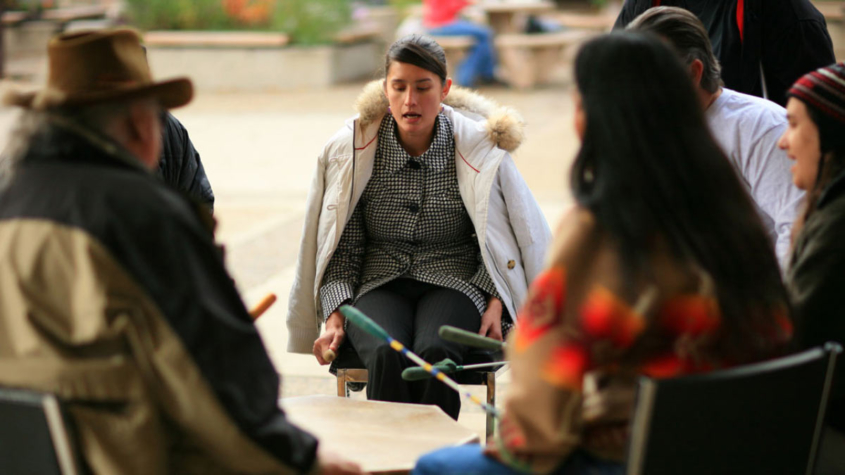Use of RVTD bus passes on the rise at SOU
Southern Oregon University’s free and discounted bus passes for the Rogue Valley Transportation District have seen a sharp increase in 2019, even as student enrollment has plateaued.
“Both students and employees have seen a notable upswing between fall 2018 and fall 2019,” said Daniel Kelly, student coordinator for the Transportation Options program. “The most dramatic increases are that student sales have risen by 37 percent and employee ridership has spiked by 73 percent, even though both populations have shrunk.”
RVTD bus passes are $15 per term for students – 90% off the usual cost – and are billed to students’ accounts, so immediate payment is not required. Directions to sign up for student bus passes are under “Bus Options” on the Transportation Options web page.
Term-by-term bus passes for staff and faculty are offered at no charge. Application instructions and more information are available on the SOU Service Center web page.
The reasons for SOU’s bus ridership spike are multifaceted, Kelly said.
“RVTD has been doing a lot in the past year to expand their services … better quality of service combined with a heightened desire to use personal vehicles less just naturally leads people to use public transit more,” he said. “We’ve also pushed our efforts to get people aware of the student bus passes at the beginning of the term, and even before school starts for the year.”
The expense and other issues with parking on campus could also be factors in the increased bus use, Kelly said.
“It only makes sense for the university and for students to find cheaper solutions to commuting, which is something that everyone has to deal with,” he said.
The Transportation Options program provides information, encouragement and incentives for members of the SOU community to use alternative transportation. Kelly works with environmental and community engagement coordinator Jill Smedstad, RVTD Transportation Demand Management Planner Edem Gomez and fellow student coordinator Danni Keys, who will take on Kelly’s duties after he graduates.
Kelly and Keys have used tactics including events in the Stevenson Union and informational brochures to increase awareness of the bus passes and other alternative transportation options.
“The SOU bus pass program is just one that we advertise, along with the Rogue Bike Share, SOU’s bike shop and the statewide ride-sharing and trip-planning tool, ‘Get There Oregon,’” Kelly said.
RVTD is the public transportation provider for Medford, Ashland, Central Point, Talent, Phoenix, White City, and Jacksonville, with bus routes that run from 6 a.m. to 9 p.m.
Story by Blair Selph, SOU Marketing and Communications student writer

